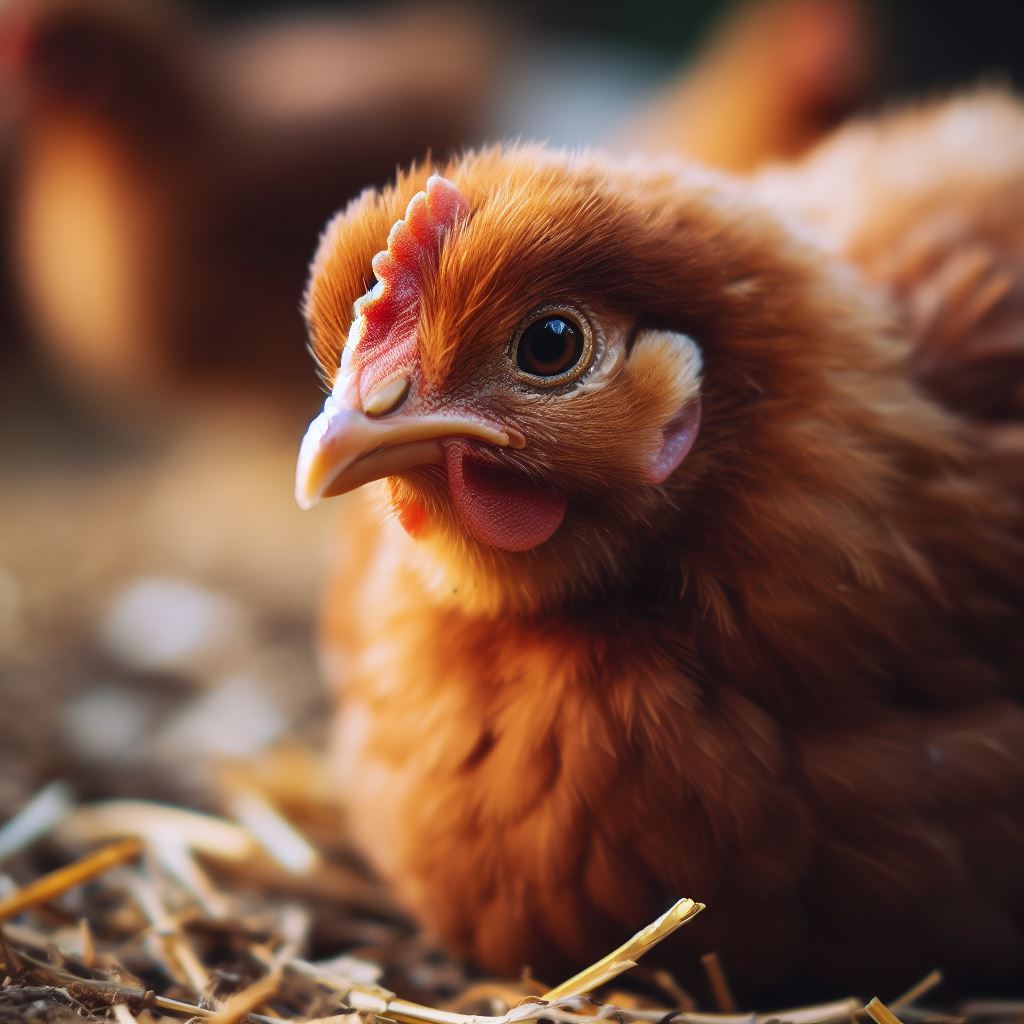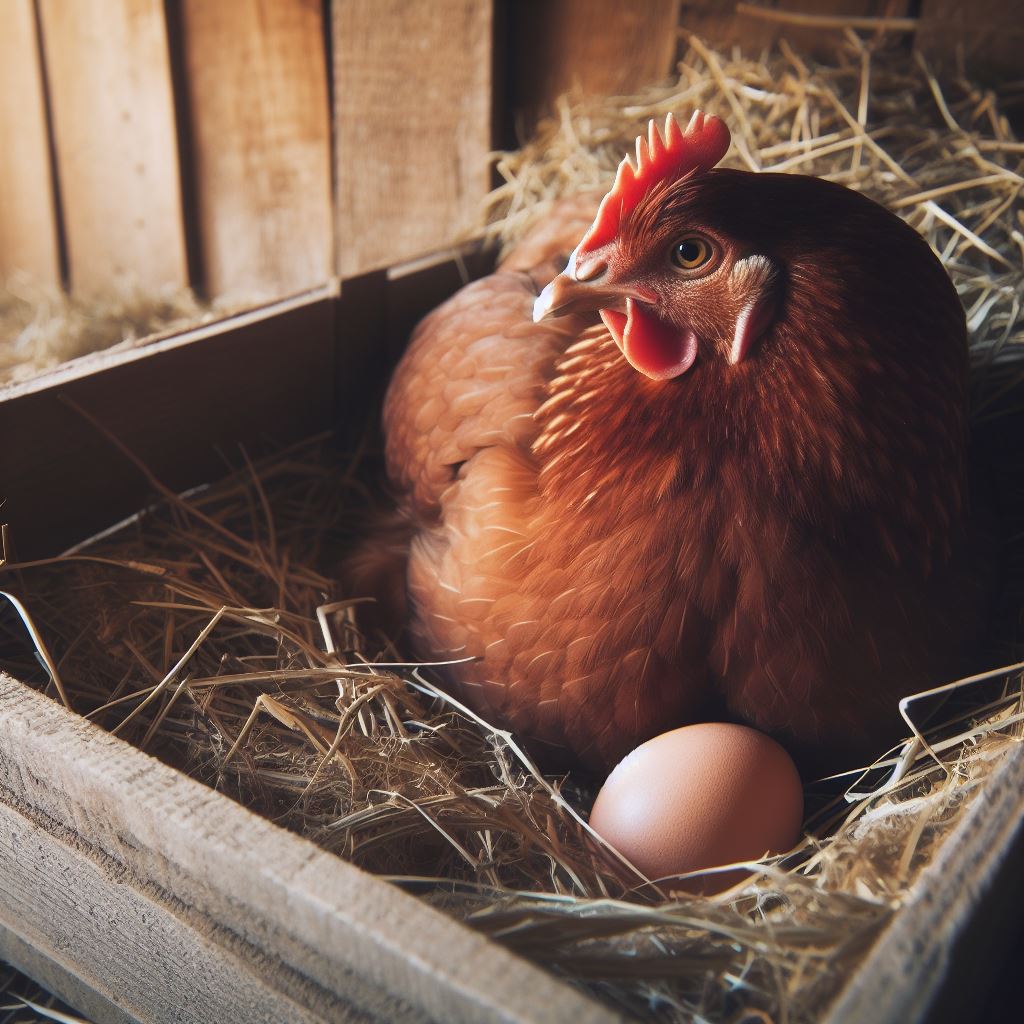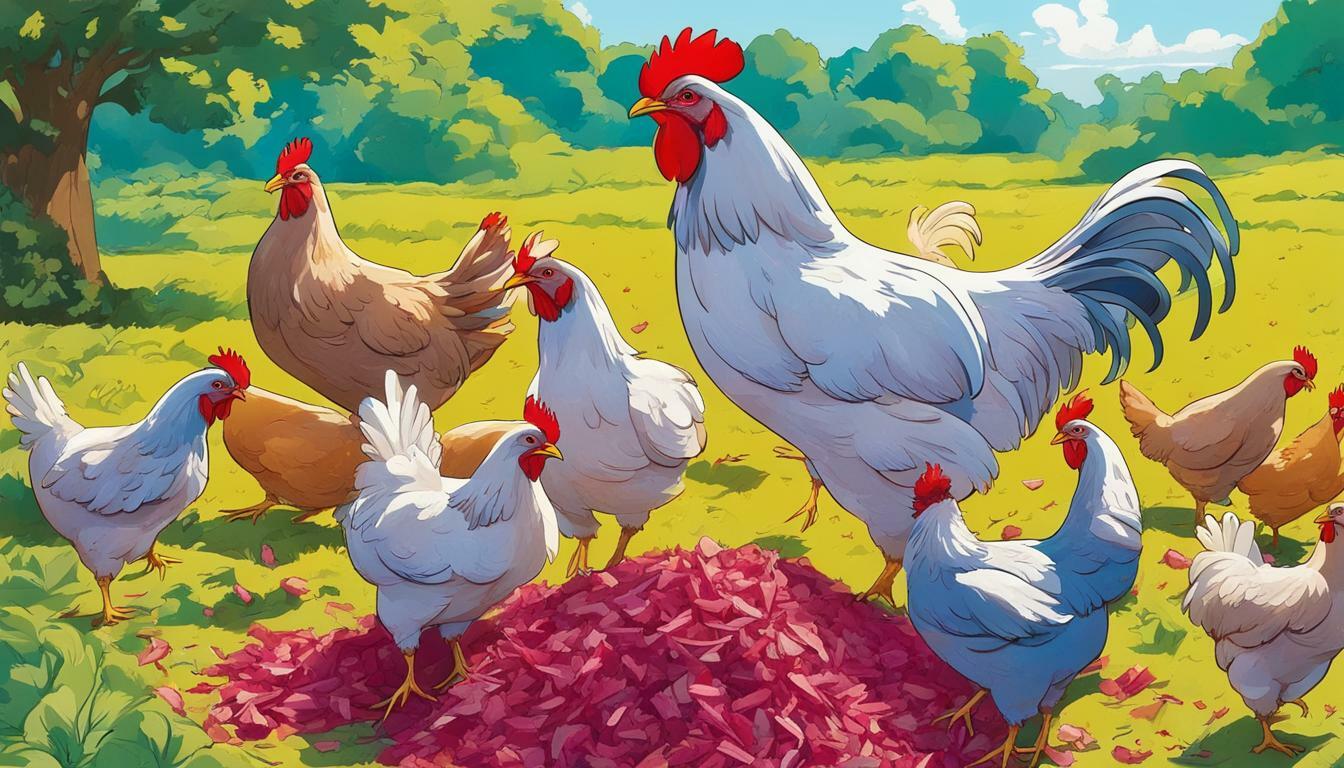How Long Do ISA Brown Chickens Lay Eggs?

Table of content:
- ISA Brown Chickens
- Egg-Laying Frequency and Production Levels
- When Do ISA Browns Start Laying Eggs?
- ISA Brown Lifespan and Egg Production
- Tips for Care and Maintenance
- Health Considerations for ISA Browns
- The Development of the ISA Brown
- Egg Production Statistics and Trends
- Considerations for Chicken Owners
- Conclusion
ISA Brown chickens are one of the most popular breeds for backyard flock owners and commercial egg producers alike. Their incredibly high egg production makes them a favorite for many poultry farmers. But just how long do these prolific layers produce eggs? Let’s take a closer look at the egg-laying lifespan and capabilities of Isa Brown chickens.
ISA Brown Chickens
The ISA Brown is a hybrid breed developed in France in the 1970s by crossbreeding different strains of white leghorns, Rhode Island Reds, and Rhode Island Whites. The goal was to create a breed that was an excellent layer while also hardy and disease resistant.
ISA Browns quickly became a dominant force in the commercial egg industry thanks to their outstanding productivity. They also make a great addition to backyard flocks due to their decent foraging abilities and docile personalities.
 Egg-Laying Frequency and Production Levels
Egg-Laying Frequency and Production Levels
The ISA Brown is capable of laying an astounding 300-320 eggs per year on average. This amounts to approximately 5-6 eggs per week.
During their peak production from around 18-80 weeks of age, they can lay even more eggs per week – sometimes up to 1 egg per day!
This incredible egg production makes them world record holders for annual egg-laying. No other breed comes close to their output.
When Do ISA Browns Start Laying Eggs?
ISA Browns start laying eggs at around 16-20 weeks of age. Once they reach peak laying age, they’ll produce at a very high rate for about 14 months.
After peak production begins to decline, you can expect about 4 eggs per week from an Isa Brown on average. Some individual hens may continue laying 3-4 eggs weekly for their entire 2-4 year lifespan.
Here’s a quick overview of Isa Brown egg laying by age:
- 16-20 weeks: Begin laying
- 20-80 weeks: Peak production (300+ eggs/year)
- 80 weeks – 2 years: Declining production (200 eggs/year)
- 2-4 years: Low production (100 or less eggs/year)
ISA Brown Lifespan and Egg Production
ISA Browns generally live for 2-4 years, depending on care and environmental factors. Under optimal conditions, they can live up to 8 years, though this is less common.
Here’s what you can expect from their egg production at different life stages:
- 16-80 weeks: Peak production period when 300+ eggs per year are laid
- 80 weeks to 2 years: Slow decline to around 200 eggs per year
- 2-4 years: Low production around 100 eggs per year
- 4-8 years: Very low production under 50 eggs per year
The key to getting the most eggs from your ISA Browns is to provide excellent care during their first 2 laying years. After that production will steadily drop off.
Tips for Care and Maintenance
To keep your Isa Browns thriving and laying eggs consistently, focus on providing:
- Ample space – minimum of 2-3 square feet per bird in coop and run
- Proper nutrition – complete layer feed along with calcium supplements
- Clean water – fresh, full water dish at all times
- Sunlight – 14-16 hours of light stimulates laying
- Places to dust bathe – helps keep chickens clean and healthy
You should also collect eggs frequently, disinfect coops, control pests, and monitor birds for illness. Allow free-ranging whenever possible.
Health Considerations for ISA Browns
The extremely high egg production of ISA Browns puts a lot of nutritional and metabolic stress on their bodies. This can increase the chances of health issues like:
- Calcium deficiency
- Fatty liver syndrome
- Prolapses
- Osteoporosis
- Respiratory illnesses
Providing a nutritionally balanced layer feed with ample calcium and protein is crucial. You may also want to give ISA Browns “rest” periods by artificially reducing light exposure to allow their bodies time to recover. Adding supplements like oyster shell and vitamin D can also help support hen health.
The Development of the ISA Brown
The ISA Brown was the result of crossbreeding multiple breeds in France by the Institut de Sélection Animale (ISA) in the 1970s. The goal was to produce a hen that could lay a high number of large brown eggs while also being disease resistant and hardy.
Rhode Island Reds, Rhode Island Whites, and White Leghorns were strategically bred over multiple generations to develop birds that consistently lay 300+ eggs per year with hardy constitutions. It took several years to develop stable hybrid vigor.
The resulting ISA Brown breed quickly became the most popular commercial layer, especially in Europe, Australia, Africa, and South America. Their ability to produce more eggs per square foot of space made them economically advantageous for the commercial poultry industry.
Egg Production Statistics and Trends
Here are some key statistics on ISA Brown’s egg production:
- Average number of eggs per year: 307
- Average egg weight: 60-65 g (large to extra large)
- Peak daily egg laying frequency: 6-7 days a week
- Peak weekly egg laying frequency: 5-6 eggs per week
- Average age egg laying begins: 16-20 weeks
- Average age peak production ends: 80 weeks
- Expected lifespan: 2-4 years
As breeding continues improving the ISA Brown strain, egg numbers may increase slightly in the future. But the breed is already so specialized for high egg production that significant gains above 320 eggs annually are unlikely.
The focus is now on breeding for traits like disease resistance, longevity, egg size, and efficient feed conversion rather than yield alone. This will help keep ISA Browns cost effective while maintaining their reputation as the world’s top egg layers.
Considerations for Chicken Owners
Due to their high productivity, ISA Browns do best when their nutritional requirements are met consistently. They may not thrive as well in low-input backyard operations.
They are also prone to go broody less often than heritage breeds. If you want a broody hen for hatching chicks, other breeds like Buff Orpingtons may be a better choice.
However, ISA Browns are relatively docile and make a good addition to mixed breed flocks when provided proper care. Their white ear lobes also make it easy to distinguish them from other birds.
Be sure to introduce new ISA Browns slowly to a flock as they can be bullied by more assertive breeds when young. But once settled in, you can expect reliable, heavy egg production from your Isa hens year after year.
Conclusion
ISA Brown chickens are definitely worth considering for any owner looking to maximize egg production in their flock.
With outstanding laying capabilities peaking at more than 300 eggs annually during their first year and sustained high production during the first two laying seasons, they will keep you flush with eggs better than almost any other breed.
Just be sure to give them the extra nutrition and care their high output requires, and your ISA Browns will thrive and lay eggs abundantly. What amazing chickens!
Welcome. I’m Adreena Shanum, the proud owner of this website, and I am incredibly passionate about animals, especially poultry. I founded adreenapets.com as a labor of love, stemming from my desire to share my knowledge and experiences with poultry enthusiasts worldwide.




